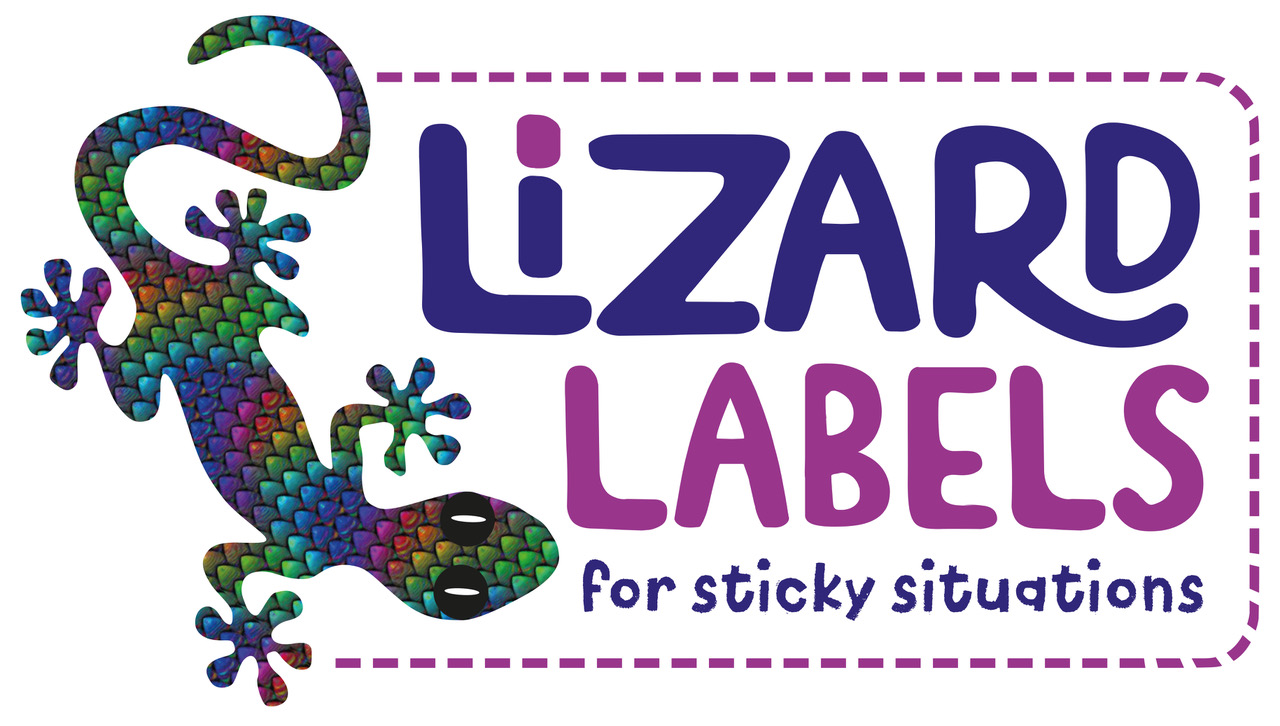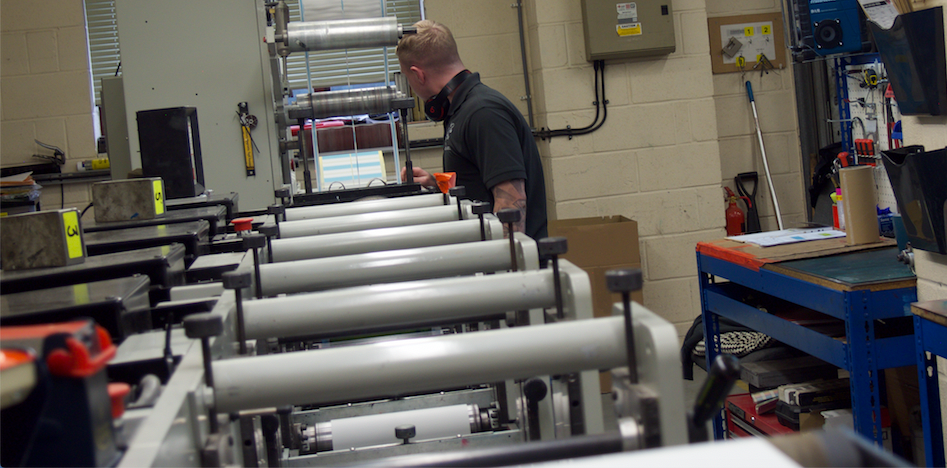FLEXOGRAPHIC PRINTING
Flexographic Printing is another option provided by Lizard Labels.
Determining the best solution for your label depends on several factors, including:
- Quantity of labels required
- Label design
- Turnaround time
- How many label-to-label variations you require
The flexographic printing of labels incurs initial setup and changeover costs. We start by making a printing plate with your design, using that plate to press your design onto a label material.
The process is tremendously efficient and cost effective for large quantities of labels. Also even if you need a smaller quantity to begin and more runs of the same design over time.
FLEXOGRAPHIC PRINTING
Flexographic printing isn’t a new technology, but it has evolved considerably with numerous innovations. It is one of the most reliable ways to produce large orders of high-quality custom labels at rapid speed.
This technique uses a flexible printing plate. In the past, these printing plates were made of rubber and nowadays businesses use flexible photopolymer printing plates.
The plates are wrapped around cylinders on a web press. The inked plates have a raised image and rotate at high speeds. They transfer the ink through small holes from the Anilox roll to the substrate (surface to be printed/print media); each colour requires a different printing plate.
Due to developments of Anilox rolls, printing plates, inks and the printing press amongst others, you can print images with high line count in Flexographic printing.
ADAPTABIITY
Flexographic printing is unique because it adapts well to different materials. Also, it can use a wider range of inks, including water-based inks and UV inks. Because this type of printing holds up and is adaptable, it can be printed on almost any kind of substrate, like plastic, metal and paper.
THE ADVANTAGES OF FLEXO PRINTING
- Runs at extremely high speeds and is ideally suited for long printing runs.
- Prints on a wide variety of substrate materials.
- Short setup times with a minimum of waste; guarantees high-quality output.
- Eliminates the need for additional work and cost: printing, varnishing, laminating and die cutting can be done in a single pass.
- A relatively straightforward and controlled printing process that requires less-trained operators to achieve the desired output.
- Low cost of equipment and maintenance.
THE DISADVANTAGES OF FLEXOGRAPHIC PRINTING
- The price of Flexographic printing plates is relatively high compared to other types of plates. However, they last for millions of impressions if they are properly cared for.
- Version changes are time-consuming to make.
You can deduce from this that the advantages outweigh the disadvantages.

